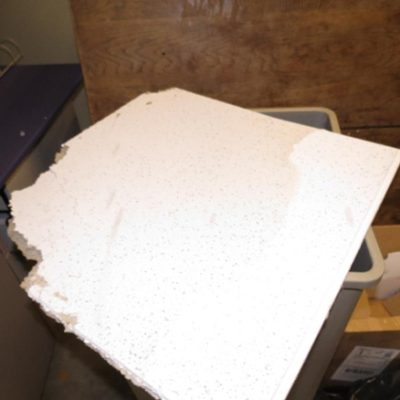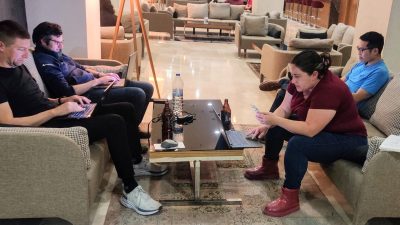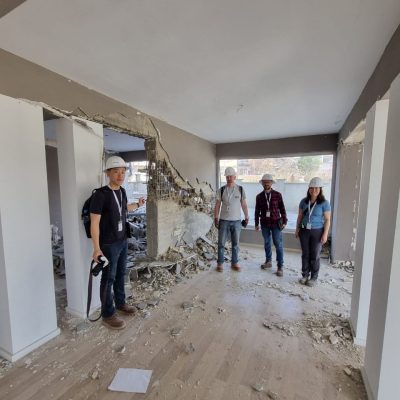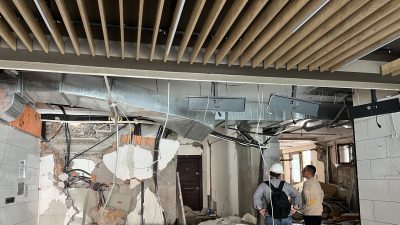February 28, 2023 – Day 1, Team 1
Today Degenkolb’s first team flew from Istanbul to Gaziantep, a city close to the epicenter with a population of 2 million people. Gaziantep would serve as our base of operations during the reconnaissance trip. At the time of publication, more than 48,000 people had been confirmed dead—with thousands more still missing. An estimated 14 million people were affected, with around 1.5 million people displaced from their homes, making it the deadliest earthquake sequence in Turkey in the last 15 centuries and the most expensive in the country’s history. Our hearts go out to the Turkish people as we strive to understand what happened and communicate our findings to prevent a disaster of this scale from happening again.
We started by visiting the Gaziantep Castle, which was constructed in the second or third century A.D. The castle is built with stone and suffered damage commonly seen in unreinforced masonry structures. Walls had poor connections to the floors and roofs, so they collapsed outward, large cracks were visible at corners and wall intersections, and unsupported parapets and tops of walls had either fallen or were a falling hazard to the people walking below. Gaziantep Castle is the city’s largest cultural landmark; it reminded us that preserving our historic structures is vital in maintaining the community’s morale after a disaster.
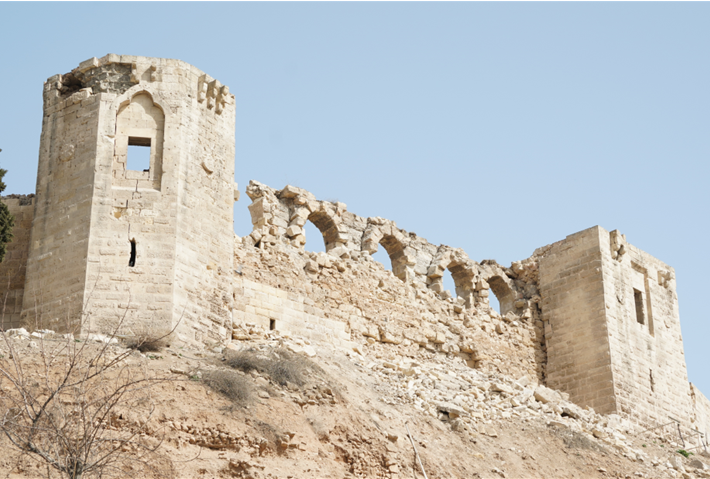
Out-of-plane wall damage in Gaziantep Castle

Shear cracks observed in Gaziantep Castle
Walking around the castle’s perimeter, we were drawn to the tall, slender minarets accompanying each mosque. A minaret beside the castle collapsed, and no concrete or reinforcing steel was visible. The stones were tied together with bent iron ties between blocks. A block from the castle, another minaret was still standing with some sliding of the blocks visible but no collapse.
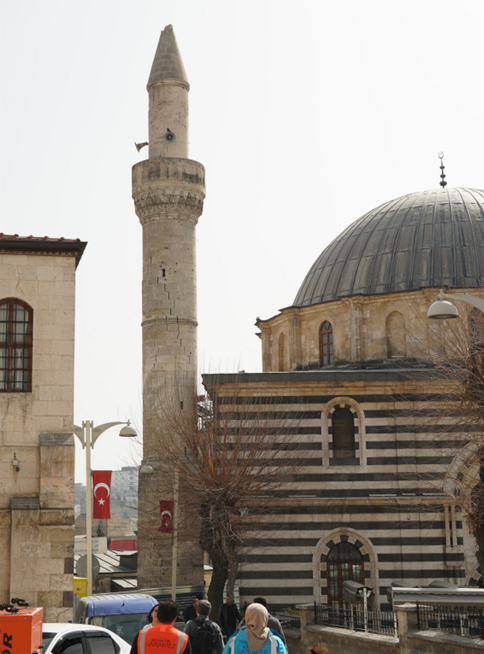
Minaret with damage near Gaziantep Castle
Our second stop was at a site where several buildings were heavily damaged and vacated, next to a large pile of rubble from two fully collapsed buildings. We observed damage to the infill walls at lower stories in several buildings in the area. One building had a partial collapse at one corner. This was a stark reminder that buildings of identical construction and geometry might have completely different structural behavior and performance depending on the construction quality, among many other factors.

Debris of collapsed building being removed adjacent to the partially collapsed building
Our final stop of the day was to several buildings that were under construction. We observed that the infill walls were constructed directly against the concrete frames with no special detailing to secure them. This made the walls and the buildings highly susceptible to damage and posed a significant nonstructural falling hazard. Block types were mixed between concrete block, hollow clay tile, and aerated concrete. We were told that contractors often used whatever they had readily available with no concern for how it might affect building performance.
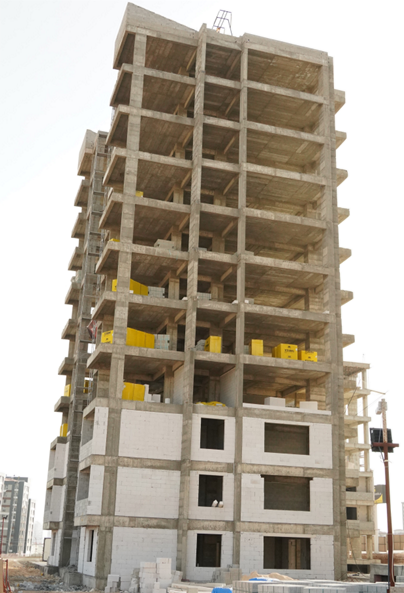
Building under construction using aerated concrete blocks

Another building under construction (note the mix of aerated block and concrete block)
Stay tuned for more daily blogs from the two earthquake reconnaissance teams assembled by Degenkolb.
